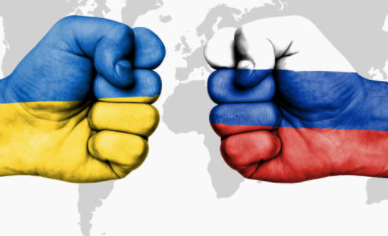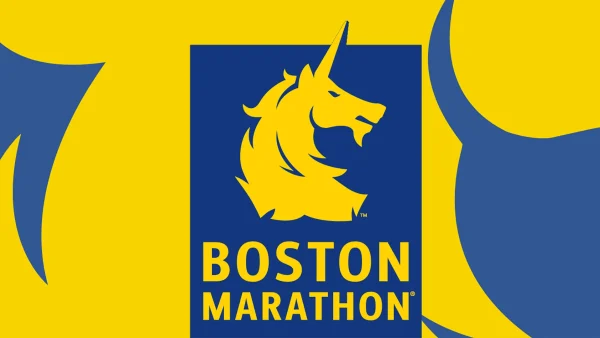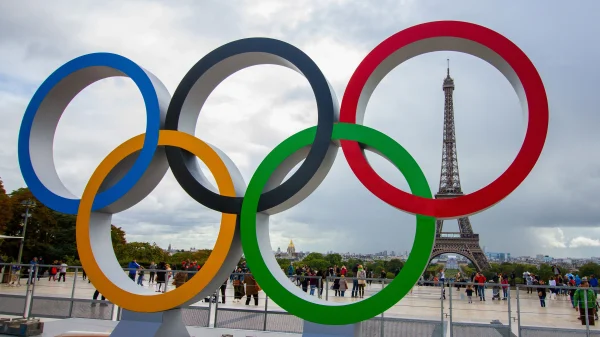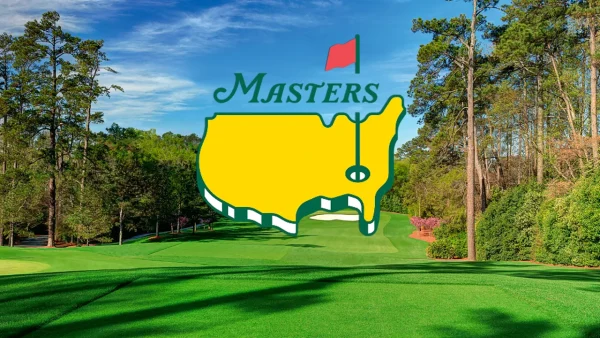Russia-Ukraine Conflict Explained

In recent weeks, Russia has been amassing troops, supplies, and armaments at the Ukrainian border, where there has been an ongoing conflict between Ukraine and Russia-backed insurgents. As tension mounts, members of the international community are weighing in on potential responses, while fears of invasion by Russia continue.
For a slight background, Ukraine has always been a distinct region of Europe, with its own culture, language, and traditions. However, throughout much of its history, it has been ruled by various outside powers.
In the 1790s, the majority of Ukraine became part of the Russian Empire (the extreme west became a part of Austria). Fearing separatism or revolt, Tsarist Russia suppressed the Ukrainian language and culture, and advocated for the adoption of Russian culture. These policies resulted in many Ukrainian intellectuals fleeing to western Ukraine, where they believed their ideas and beliefs would be tolerated.
Gradually, a divide grew between the Russo-centric east and the Euro-centric west. In the early 20th century, following WW1 and the collapse of Tsarist Russia, Ukraine became part of the Soviet Union. In 1991, following the Soviet Union’s dissolution, Ukraine finally became its own independent country.
Despite this, there were still many pro-Russian Ukrainians, especially in the east, where Russian influence was strongest. In addition, Russia believed that Ukraine was in its “sphere of influence”, and that Ukraine should have closer ties with it rather than the west.
At the same time, many Ukrainian nationalists felt that Russia should not meddle in the affairs of Ukraine, and that Ukraine should align itself with the west.
These tensions came to a head in 2014, when pro-Russian Ukrainian president Viktor Yanukovych was removed from power, resulting in unrest and disorder. It was at this time that Russia annexed the peninsula of Crimea–part of Ukraine–claiming that its people wished to join the Russian Federation. Some areas of the pro-Russia east even broke away from Ukraine, proclaiming themselves “People’s Republics”.
Fighting erupted between Russia-backed insurgents in the “People’s Republics” and Ukrainian troops (known as the War in Donbas), and in 2021, Russia proposed a treaty that would have prevented Ukraine from joining NATO (North Atlantic Treaty Organization). Ukraine refused to approve the document.
Russia opposes Ukraine joining NATO, as it feels that if that happened, Ukraine would become more closely allied with the west, shifting global power away from it. Following the treaty refusal, Russia began amassing troops on the Ukrainian border, reaching 100,000 by early 2022. This move has been seen as an intimidation tactic, and is seen as “neo-imperialism” by much of the international community.
Countries such as the United States, Great Britain, and Canada staunchly support Ukrainian sovereignty, sending troops and aid to Ukraine. (The US has deployed an additional 3,000 troops as of Feb. 2nd, 2022). Germany has taken a more cautious approach, as it depends heavily on natural gas from Russia. It has, however, offered to send supplies such as helmets to Ukraine.
In an effort to prevent an all-out war in Europe, the United States and other western powers are currently engaged in tense negotiations, and it remains to be seen how this situation will play out. It is likely that this deep-seated conflict will not be easily resolved.




